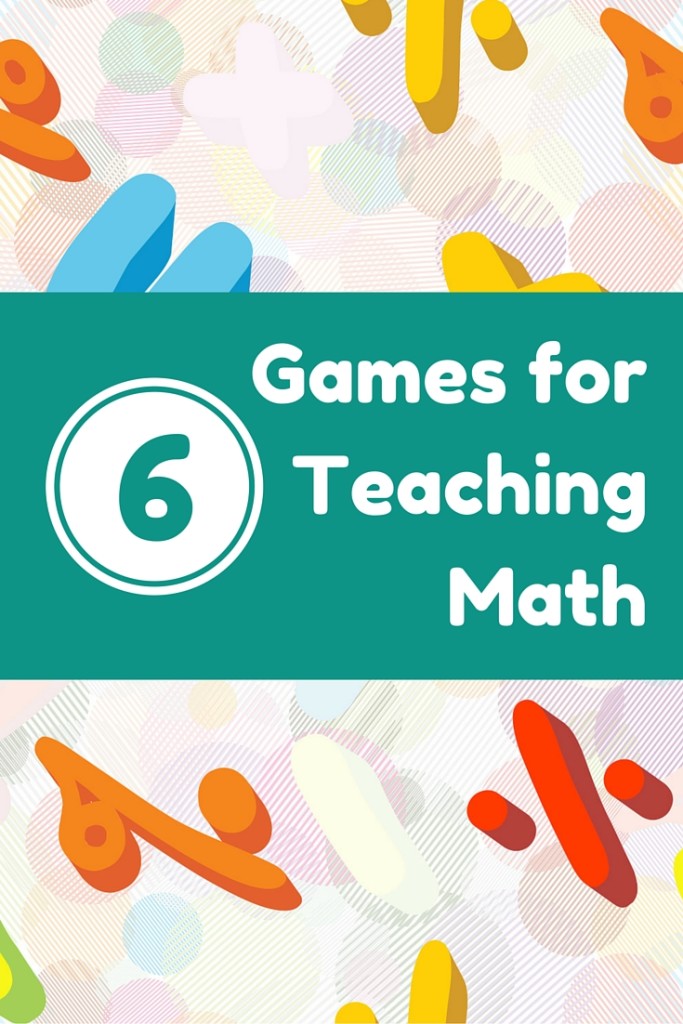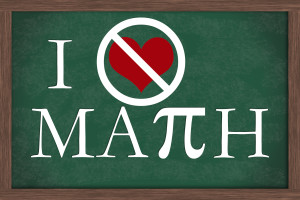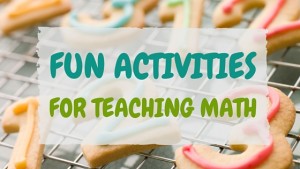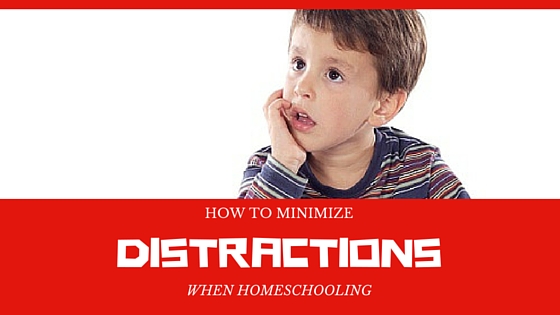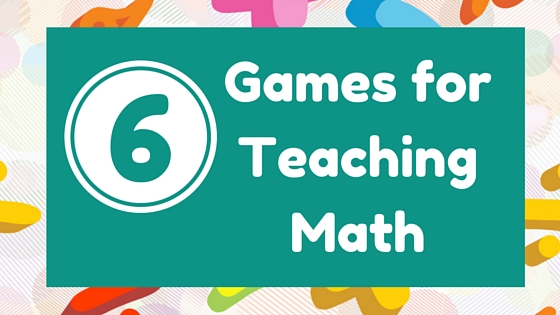
We all teach some subjects we don’t care much for, don’t we? Math happens to be my least favorite subject to teach. After all, I’m a musician, not a mathematician. Musicians count: “1-2-3-4, 1-2-3-4.” Our idea of higher math is “1-2-3-4-5-6, 1-2-3-4-5-6.”
In most subjects, I am an auditory learner, but in math, I am a kinesthetic, hands-on learner. Of course no one had heard of learning styles when I went to school, so I struggled through Algebra II and determined never to take another math class.
And then came homeschooling. Not only did I “take” several more math classes, but I also had to explain the concepts to our sons. God has a sense of humor, doesn’t He?
Like it or not, math is an essential subject and our children really do need to understand it. The logical thinking that children learn by doing math exercises is invaluable.
An old axiom says: “What I hear, I forget. What I see, I remember. What I do, I understand.” Even those individuals who learn math easily enjoy playing games now and then. Here are some math games, in approximate order of difficulty, to get you started.
Egg Carton Math
Using a marker, number each cup of an egg carton from 1 through 12. Using 78 beans, buttons, or pennies, have the child count, placing the appropriate number of items into each cup. Having the total correct number of items to begin with (78) is a good accuracy check.
Measuring for Beginners
Use non-standard items such as a paper clip, a crayon, a child’s foot, a piece of string, etc., to measure a variety of objects placed on a tray. Decide which objects would best be measured with a smaller unit, such as a paper clip, and which items would best be measured with a long piece of string. Size, shape, and accessibility of the object could all be factors in the decision. Objects you might measure include these: rolling pin, pencil, football, book, toothpick, etc.
Make a chart to record the children’s answers. The mechanics of measuring are still difficult for young children. Saying “This toothpick is two paper clips long,” makes more sense to a child than saying “This toothpick is 2 inches long.”
Fishing
Cut several 3” x 5” file cards in half. If you wish, the cards may be cut into the shape of fish. Write one single-digit numeral on each card. Draw the same number of dots on the card so a younger child can count them if he doesn’t yet recognize written numerals. Place a paper clip on each card. Place the cards in a shoebox (the “fish tank”), number side down. Glue or tie a small magnet to the end of a wooden dowel (purchase at a craft or hardware store); the magnet attracts the paper clips onto the “fish.” The player uses the dowel fishing rod to “catch” two fish cards. The child must then add the two numbers.
Note: This activity also works well for older children; make it more challenging by having them subtract or multiply the two numbers.
Repeat
Recognizing patterns is an important skill. Teach the concept of patterns by using a paper chain or colored beads or a variety of types of noodles to make a necklace. Think of a way to design it so that the colors or patterns will keep repeating. A simple pattern would be red, yellow, green, red, yellow, green. Let the children experiment. See if they can find the patterns in each other’s designs.
Logic Cards Game
This activity uses Bingo-like cards and colored squares to teach elementary logic. The parent and each child will need one card with three rows of three squares each. Each square should be about 1 inch in diameter. Each person will also need nine 1-inch square pieces of paper, three each of red, yellow, and blue.
The teacher places her nine colored squares on her own card, taking care not to let the children see the pattern.
Rules:
- All of the same-colored squares must touch another square of the same color on at least one full “Corners only touching” doesn’t count. Demonstrate this to your children.
- Vertical squares on the card are called columns. Horizontal squares are called rows. Hence, reading from left to right, the verticals are Columns A, B, and C. Reading from bottom to top, the horizontals are Rows 1, 2, and 3.
- Players take turns asking the parent what colors are in a particular row or column. The parent states the colors in that row or column, but not necessarily in order.
- The object is for the players to figure out the parent’s secret pattern by asking as few questions as possible. Students may discuss their ideas after each clue.
- It is helpful to turn the colored squares at an angle (with points facing up and down like a diamond) until they are certain that a particular color belongs in that square. When the color for that particular square has been confirmed, the colored square can be turned to square up with the card’s square.
After the children understand the game well, let them take turns being the leader who makes the secret grid. This game may also be played with sixteen squares for older students.
Three-Bean Salads
This interesting activity is adapted from Family Math by Stenmark, Thompson, and Cossey.1 Each student needs a paper plate and about ten each of lima beans, red beans, and black-eyed peas. Several “recipes” will be given; the students must figure out how many beans go into each salad.
Rule: Every salad will require all three kinds of beans.
The students will actually use some elementary algebra to find the unknown quantities. A formal knowledge of algebra is unnecessary, however; by experimenting with the beans, they can find the correct answers. The recipes are from Family Math (p. 135) and are numbered from easiest to hardest. Students and parents may make up new recipes also. Older students may wish to make up their own recipes.
- This salad contains 2 lima beans, twice as many red beans as lima beans, 10 beans in all.
- This salad contains 4 red beans, half as many black-eyed peas as red beans, 10 beans in all.
- Lima beans make up half of this salad; the salad has exactly 2 red beans; the number of lima beans is double the number of red beans.
- This salad contains the same number of red beans as lima beans, 3 more black-eyes than red beans, a total of 18 beans.
- This salad contains 12 beans; half of the beans are red; lima beans make up one-quarter of the salad.
- This salad contains at least 12 beans; it has one more lima bean than red beans; it has one more red bean than black-eyes.
- This salad contains 3 times as many red beans as black-eyes, one more lima bean than red beans, 8 beans in all.
- This salad contains an equal number of red beans and black-eyes, 5 more lima beans than red beans, no more than 20 beans.
Make math a part of your family’s daily equation with these and other fun activities.
Marcia K. Washburn holds degrees in elementary and music education. She homeschooled her five sons for nineteen years. This article is adapted from “Hands-On Homeschooling” in the Management for Moms series by Marcia K. Washburn. See this and other homeschool resources at www.marciawashburn.com/index.html.
Endnote:
Copyright 2013, used with permission. All rights reserved by author. Originally appeared in the January 2013 issue of The Old Schoolhouse® Magazine, the family education magazine. Read the magazine free at www.TOSMagazine.com or read it on the go and download the free apps at www.TOSApps.com to read the magazine on your mobile devices.
If you want more math ideas, be sure to check out these posts!
